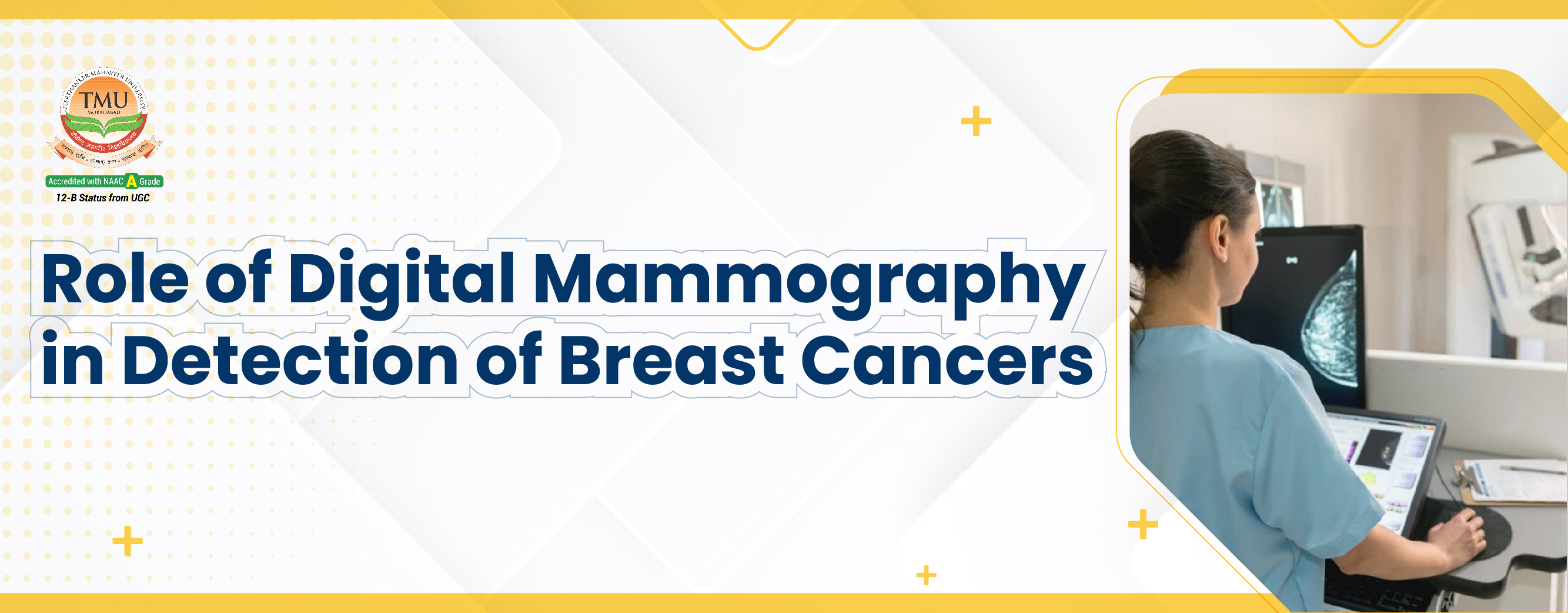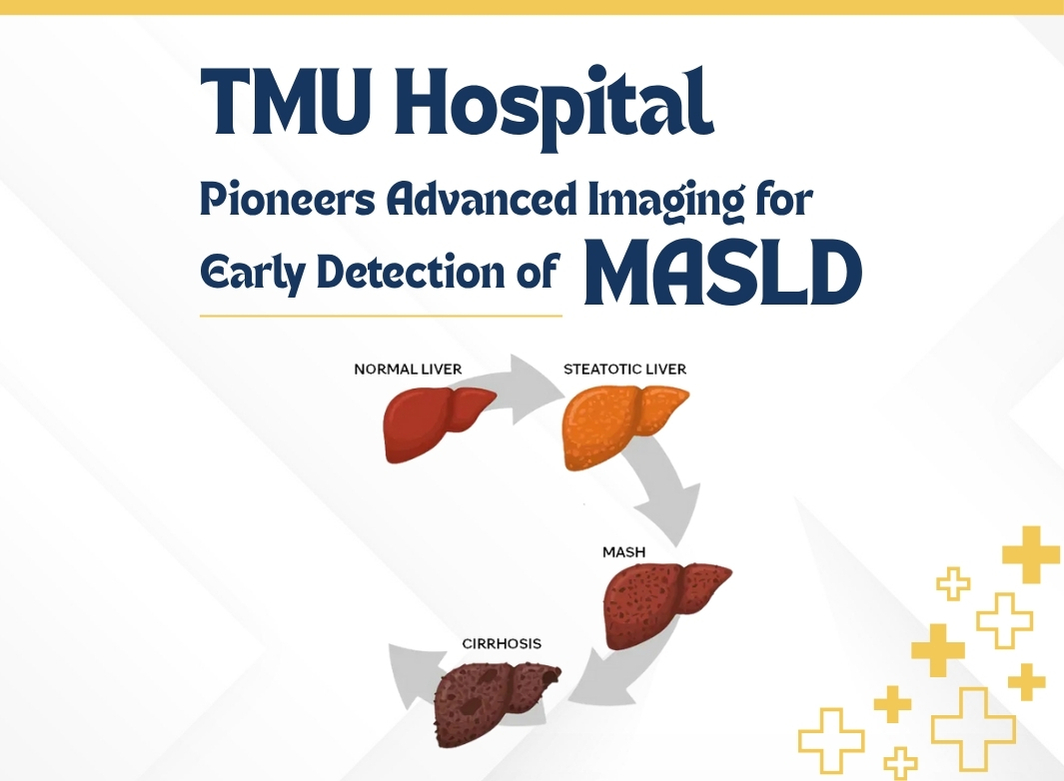

Mammography is a specialised imaging technique for examining the breast, primarily to detect various abnormalities, especially breast cancer. While breast imaging can also be performed using ultrasonography or magnetic resonance imaging (MRI), the term “mammography” typically refers to X-ray mammography (XRM), wherein a mammogram is obtained using low-dose X-rays.
Mammography is performed using dedicated machines specifically designed for breast imaging. These can be classified into:
In FFDM, solid-state detectors convert X-rays into electrical signals, producing high-quality digital images on a monitor. This allows for image manipulation, greater diagnostic accuracy, reduced radiation exposure, and shorter procedure times.
Mammography is categorised into two primary types based on the purpose of evaluation:
This type is used for the early detection of breast cancer in asymptomatic women, usually above 40 years of age, and is recommended annually or biennially. However, women at higher risk—due to family history, BRCA gene mutations, or prior chest radiotherapy—may require earlier and more frequent screening.
Performed when a woman experiences symptoms such as a lump, pain, nipple discharge, or changes in breast shape. Diagnostic mammography often includes additional procedures such as:
The ideal time to undergo mammography is one week after the menstrual period to avoid breast tenderness and eliminate pregnancy risks. Patients should avoid:
Wiping the breast and axillary area before the procedure helps reduce artefacts.
The examination involves compressing the breast using a specialised pad to obtain uniform tissue thickness. Compression aids in:
The Craniocaudal (CC) and Mediolateral Oblique (MLO) views are standard. In some cases, magnified or focused views may be needed. An experienced mammographer typically completes the scan within 30 minutes.
Mammograms are interpreted using the BI-RADS (Breast Imaging Reporting and Database System), which categorises findings into seven standard groups to guide clinical management. A critical diagnostic marker includes microcalcifications, often indicative of Ductal Carcinoma In Situ (DCIS)—an early-stage breast cancer.
Additional evaluations with CEM, ultrasound, MR mammography, or biopsy are recommended in inconclusive cases.
Digital X-ray mammography remains the most effective and sensitive tool for the early detection of breast carcinoma. Its non-invasive nature, accuracy, and ability to identify microcalcifications make it an indispensable technique in modern breast imaging. Technological advancements like contrast-enhanced mammography and tomosynthesis improve diagnostic confidence and early cancer detection rates.

MD (Radiodiagnosis), PG Dip MSK USG (Spain)
 TMU Hospital Pioneers Advanced Imaging f...
TMU Hospital Pioneers Advanced Imaging f...
© TMU Hospital is Proudly Owned by TMU